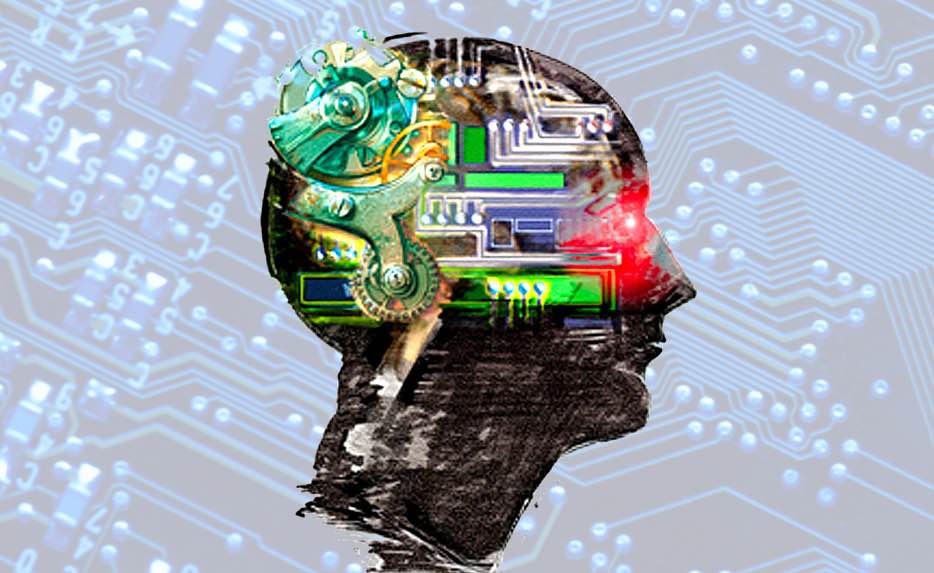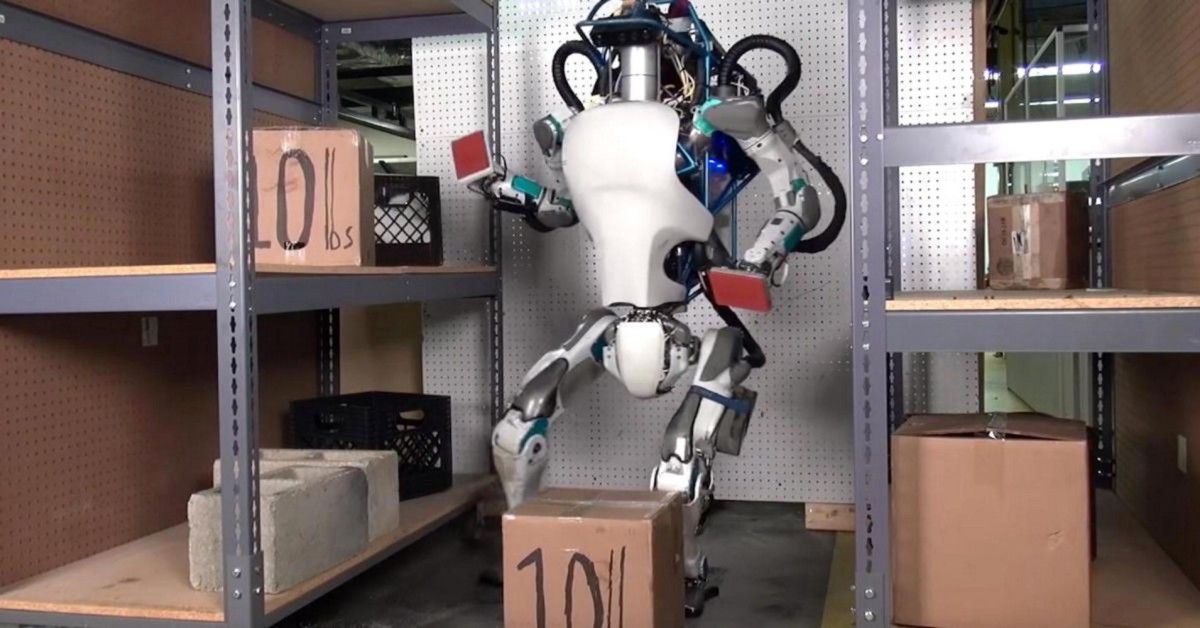Sharing in case folks would like to listen in.
Microsoft’s Station Q was founded in 2006. The focus of the team has always been topological quantum computing. By taking a full systems architecture approach, we have reached the point where we now able to start engineering a scalable quantum computer. The goal is to be able to solve major problems in areas of interest (e.g., Chemistry, Materials and Machine Learning). This talk will focus on the types of applications that we will be trying to solve as well as the unique approach to quantum computation that we’ve developed. For reference, see:
Current Approach: https://arxiv.org/abs/1610.05289 Chemistry Application: https://arxiv.org/abs/1605.03590 Other papers: https://arxiv.org/find/all/1/all:+wecker_d/0/1/0/all/0/1






